What Makes Our Products Special
Originating in both the tropical forests and arid regions of Central and South America, Tillandsia is an amazingly diverse genus of plants within the Bromeliad family that have been around for tens of millions of years!
To date, well over 500 species have been identified! Many of these have completely different shapes, sizes, and appearances, but they all share the same characteristics…
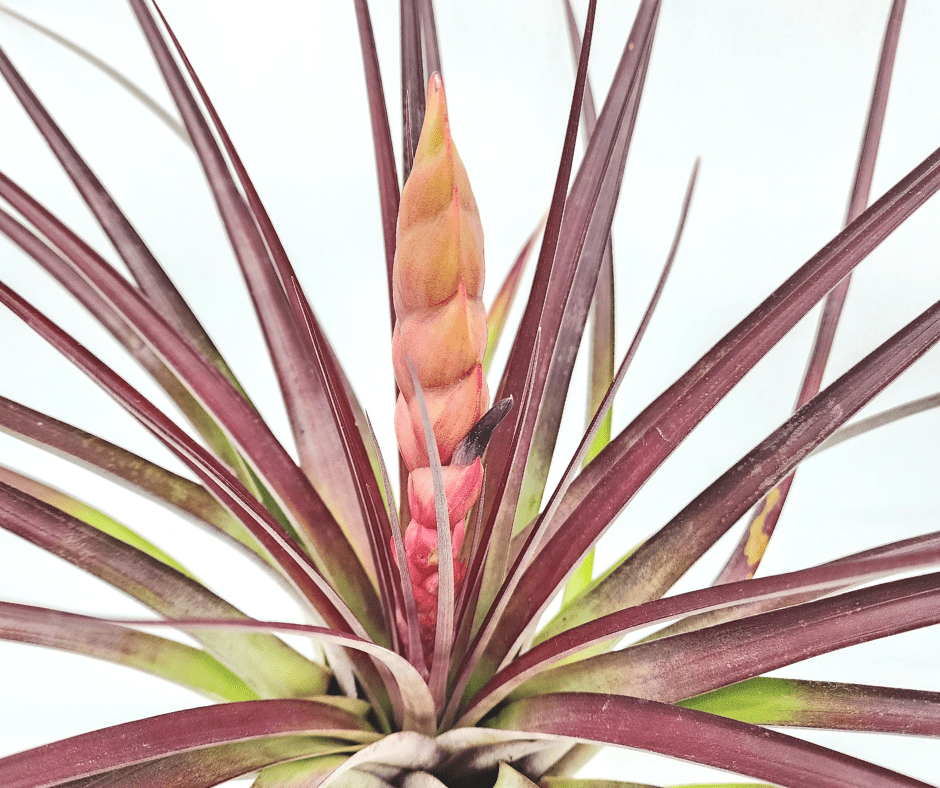
No Soil
- More commonly known as “air plants”, tillandsia do not obtain any nutrients from the soil
- Instead, these resourceful plants extract all the nutrients they need from the air around them
- They use soft, highly developed bristles on their leaves called trichomes to round up moisture and other nutrients for internal storage and future use
This removes many of the complications found with other plants:
- No soil-borne bugs to worry about
- No need for a pot or fixed garden area, so you can freely move the air plants around easily
- No stains or messiness caused by having dirt everywhere
Versatile
Air plants are “epiphytes”, meaning that they are found in nature clinging on to trees and other plants.
They attach themselves for support using their roots and do not cause any harm to their hosts.
This allows you to position air plants in all sorts of unusual positions: on just about any type of container, mounting material, or craft – right side up, sideways, or even upside down!
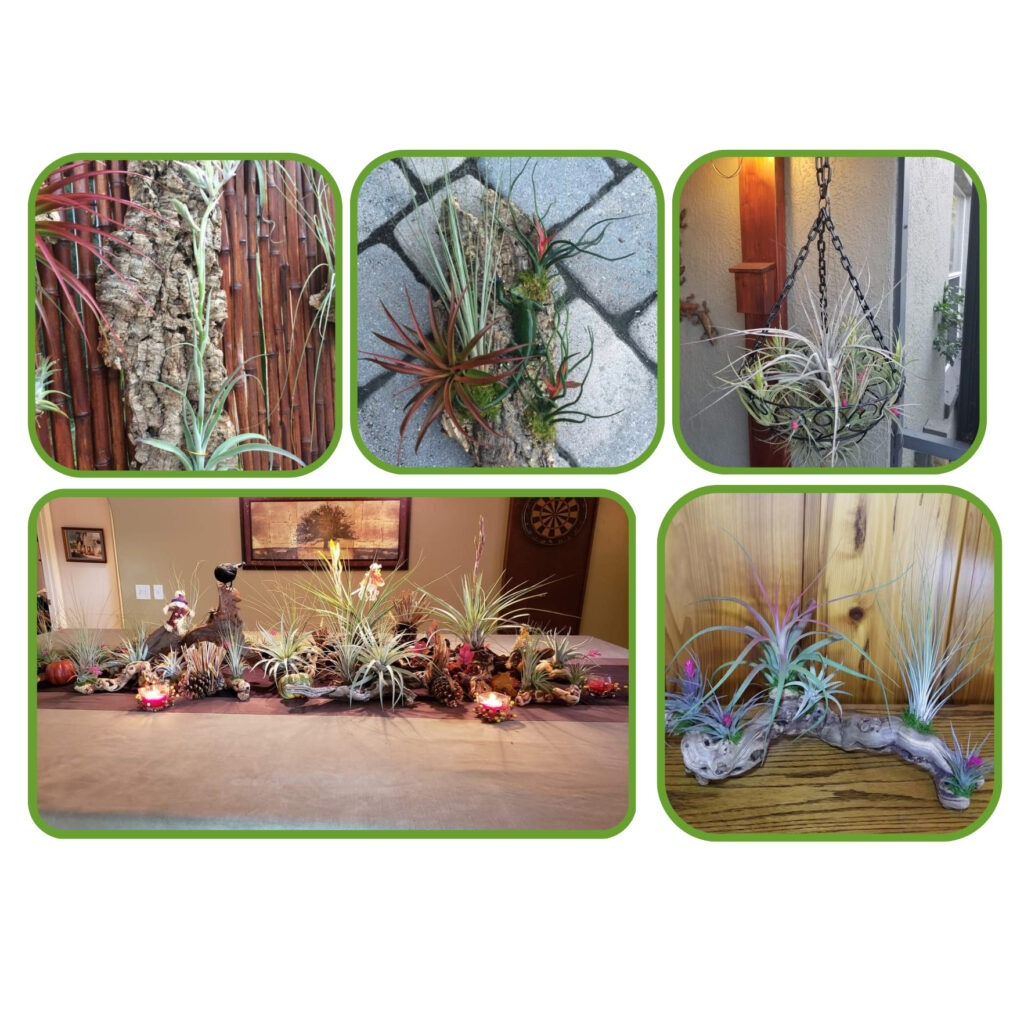

Resilient
Air plants have an unusual ability to survive and even thrive in conditions that would harm or kill most other plants.
Provided that they have time to adapt to a good location (see care instructions), they can survive for long periods with very limited attention.
No need for daily watering, pruning, fertilizing, or having a green thumb.
In short, tillandsia can handle a lot of stress! We focus on the more hardy species that can withstand being boxed up and shipped a long distance.
Self-Propagation
After an air plant blooms, it becomes a “mother” plant. This means that over time (usually 9 months to a year on average), it will reproduce itself!
Tillandsia does not require any outside assistance to do this from insects (pollination) or other plant partners.
Depending on the species, the air plant may reproduce one to several “offsets” (or “pups”), which grow on the plant and can be removed by hand once they reach a size that is between one-third to one-half the size of the mother.

Benefits of air plants to the end user
One of the greatest benefits of owning air plants is their sheer versatility. They can be hung from walls, placed on shelves, in bowls, or even on window sills; the possibilities are endless!
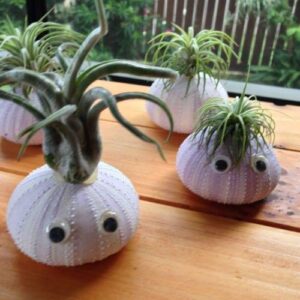
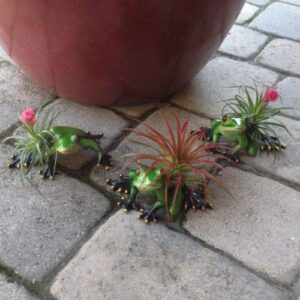
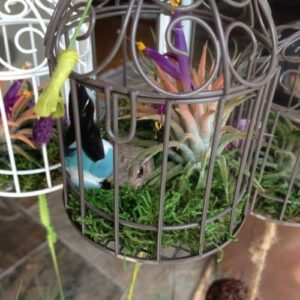
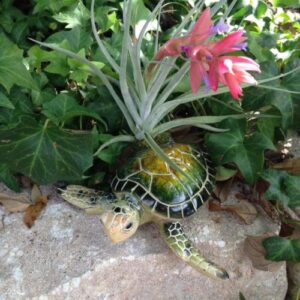
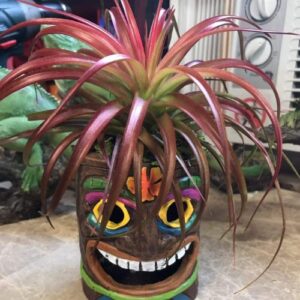
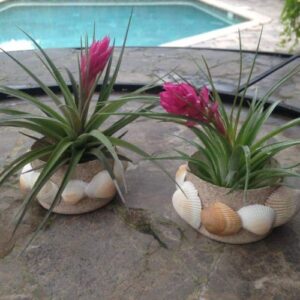
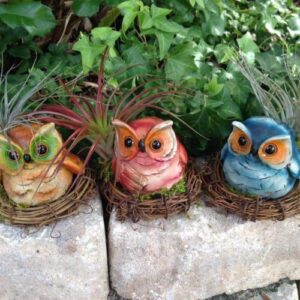
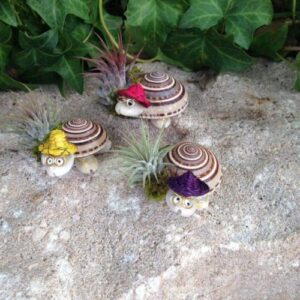
- They provide a truly exotic, eye-catching appearance
- A great conversation-starter
- Whether using one plant or a hundred, their versatility and resiliency allow you to use them in an unlimited number of decorative ideas
- Great for arts and crafts projects in school or with your family
- A wonderful complement to any type of interior or exterior decor
- Can instantly liven up any part of a room, making it feel more in tune with nature
- Adding color and life to your home or office
- They can purify the air. Air plants have a natural ability to absorb CO2 and convert it into oxygen at night, which is the opposite timing of other houseplants.
- Their aesthetic beauty may help some people to feel calm and relaxed
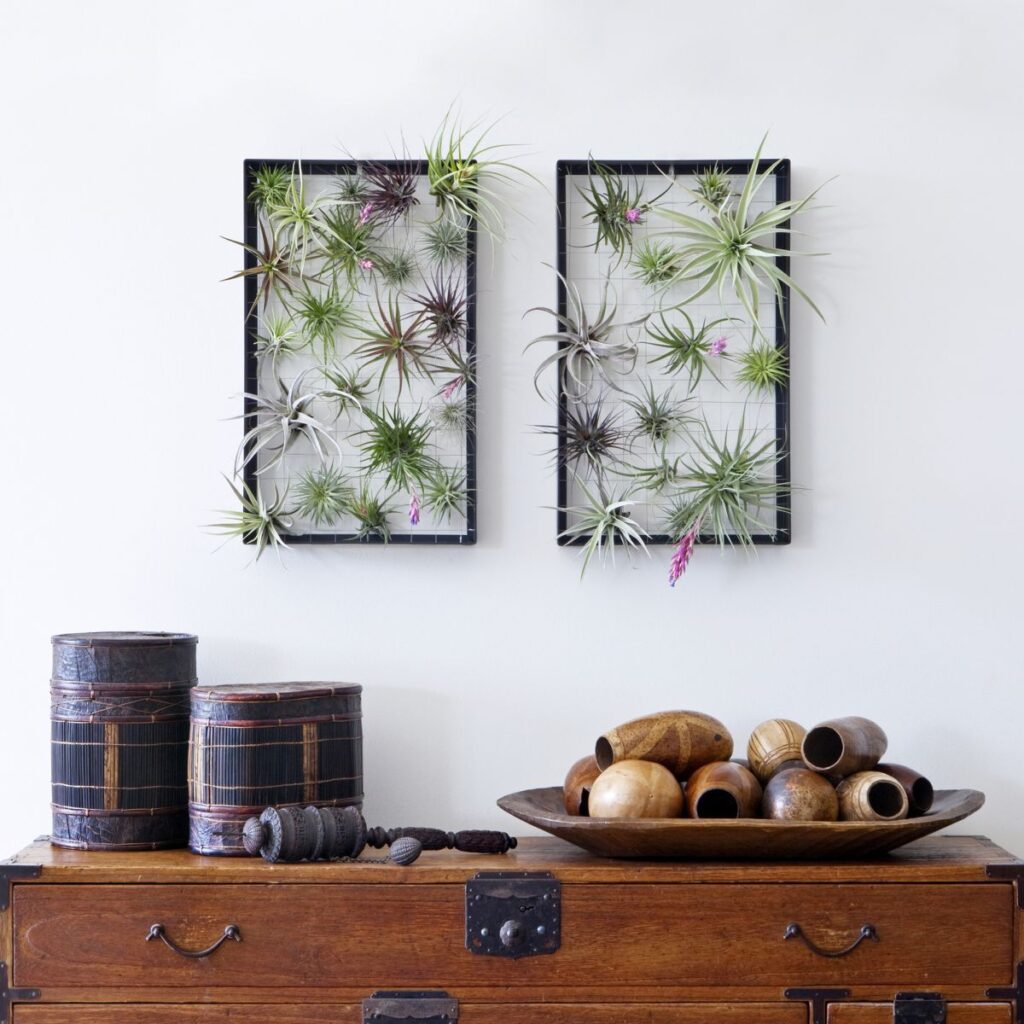
“Air plants make my office space feel like a rainforest!”
- Like all plants, tillandsia offer psychological and mental relief that you can enjoy just by looking at them
- But you don’t also need a green thumb – it doesn’t take much effort to maintain an air plant
- Easily fits into a busy lifestyle
- They self-propagate, meaning that your air plant will grow more air plants for you naturally over time
- So with proper care, your air plant can live on through its pups after its life span comes to an end